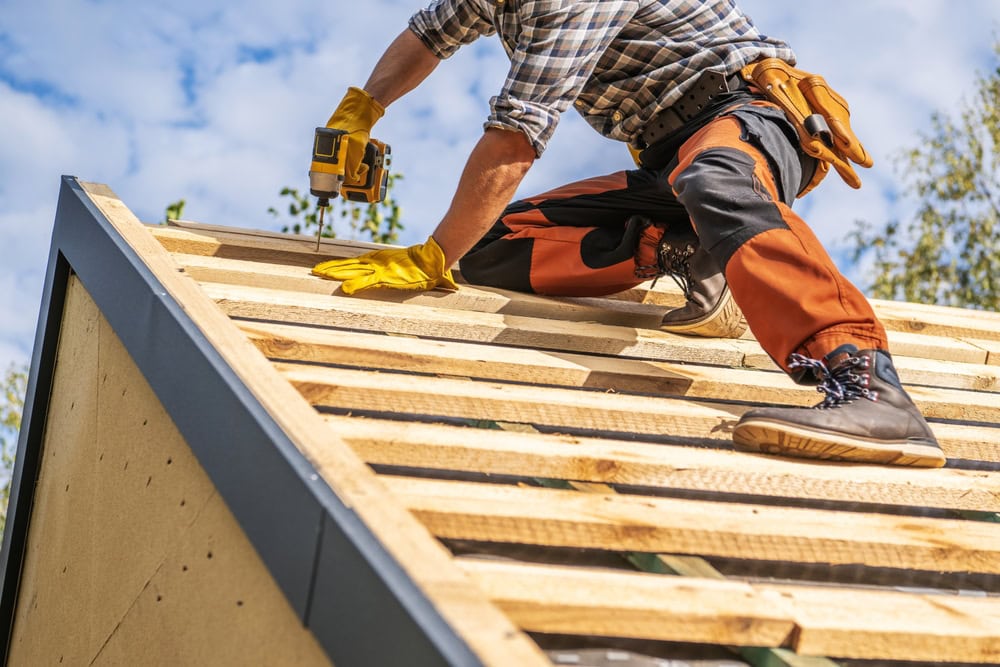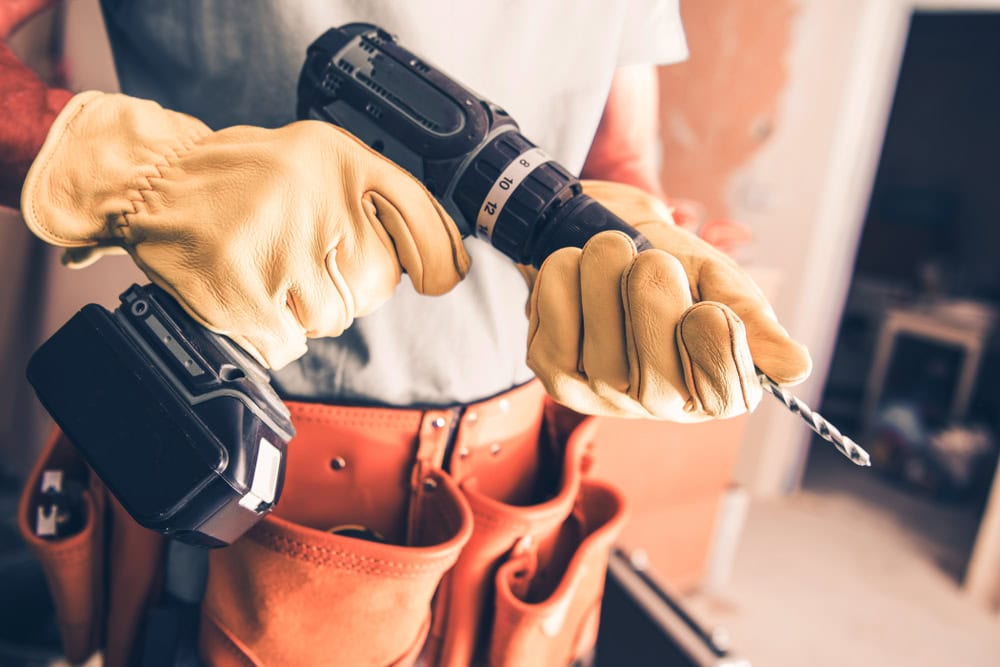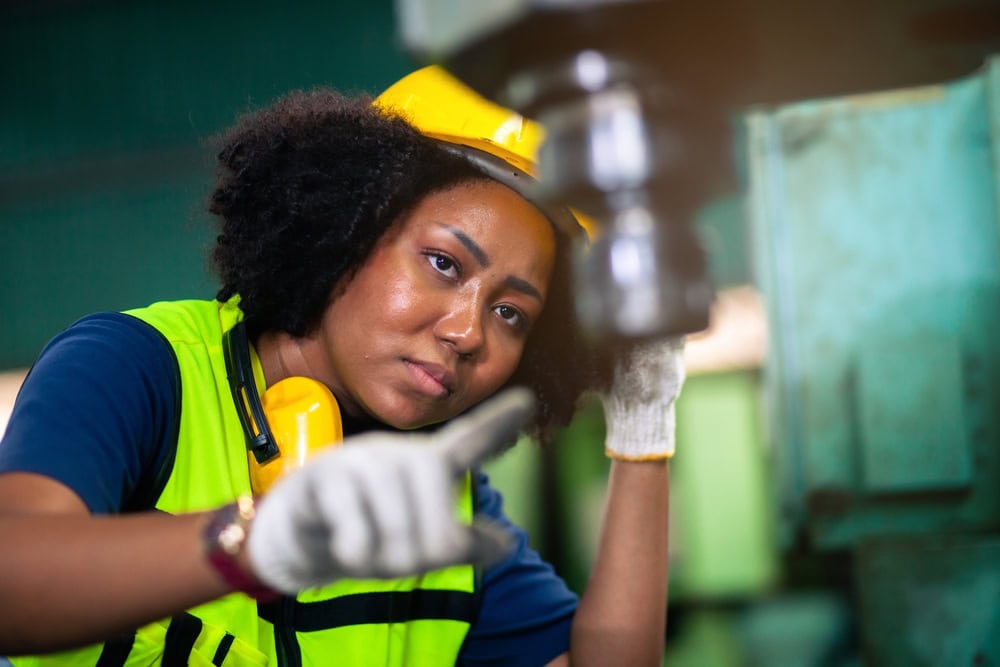CSLB Now Licenses Tribal Businesses And What That Means for You
A landmark change arrived for California’s construction sector in 2025: the Contractors State License Board (CSLB) now licenses tribal businesses. If preparing for the contractor license exam or planning your business future, this development holds immediate significance. Understanding what this law means and how it alters the landscape is essential for all serious contractors wishing … Read more










